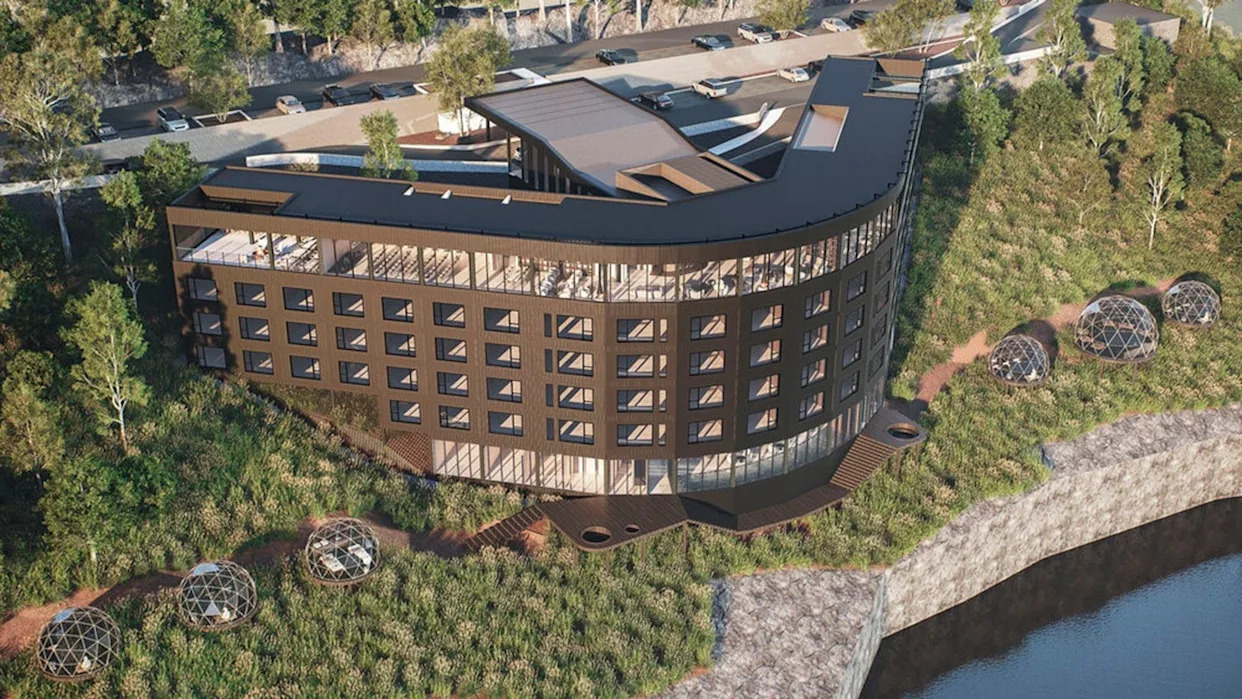Photographs have emerged showcasing the haunting remnants of Nicosia International Airport, which has remained dormant for nearly 50 years. Once the primary gateway to Cyprus, this airport now stands as a solemn reminder of the conflict that fractured the island in the 1970s, with its terminals and aircraft left to decay.
Originally constructed in the 1930s, Nicosia Airport began as a Royal Air Force base before evolving into the island’s main civilian airport. Following the Turkish invasion in 1974, the facility became a battleground, suffering extensive damage amid fierce fighting. Although a ceasefire was achieved, the airport was designated as a United Nations Protected Area, marking its boundary as part of the island’s buffer zone.
Commercial operations at the airport continued for a short period after the conflict. In 1977, engineers from British Airways managed to evacuate three stranded Cyprus Airways aircraft from the runway. However, the airport never fully recovered, remaining largely untouched since that time, frozen in a moment reminiscent of wartime chaos.
Inside the terminal, dusty seats still line the waiting areas, where passengers once gathered. Faded promotional posters cling to the walls, advertising idyllic vacations to “the ends of the earth.” Today, the only sounds come from nature reclaiming the space, with pigeons nesting in the ceiling beams. Outside, a dilapidated frame of a Hawker Siddeley Trident sits on the airfield, stripped of its engine components long ago.
While Nicosia International Airport no longer accommodates passenger flights, it is not entirely abandoned. The facility now serves as the headquarters for the UN Peacekeeping Force (UNFICYP), which operates helicopters from part of the site. Public access to the airport, however, remains strictly limited due to safety concerns and years of neglect. Only a select few have had the opportunity to step inside the deteriorating terminals.
Over the years, there have been sporadic discussions about the potential revival of the airport. In the 1990s, UN-led negotiations aimed at reopening the facility took place, yet political disagreements stymied progress, leaving the airport in its current state. As Aleem Siddique, spokesperson for the UN peacekeeping force in Cyprus, stated: “It is actually frozen in time. Although there were several attempts over the years by the sides to reach an agreement, they were unable to reach an agreement, so gradually the condition of the airport had deteriorated. No planes have left or arrived since 1974.”
In a modern effort to revive interest in the airport, the Cyprus Institute has developed a digital reconstruction project. The “NIC Platform” allows users to explore the airport virtually, navigating through offices, duty-free shops, and boarding gates, all depicted with eerie accuracy.
For residents living nearby, the airport carries deep emotional weight. One local, who was only four years old at the time of the invasion, shared his experience of visiting the site after securing special permission. “It’s eerie. It’s emotional. It’s frustrating. It’s sad,” he recounted. “Believe me, your mind can make you hear the noise of a buzzing airport, passengers and planes and announcements. It’s insane. This is a time freeze that should never have occurred.”
As Nicosia International Airport remains a poignant symbol of the island’s turbulent history, its future remains uncertain. The hope for revival continues to flicker, but as time passes, the airport stands as a ghostly monument to a bygone era.







